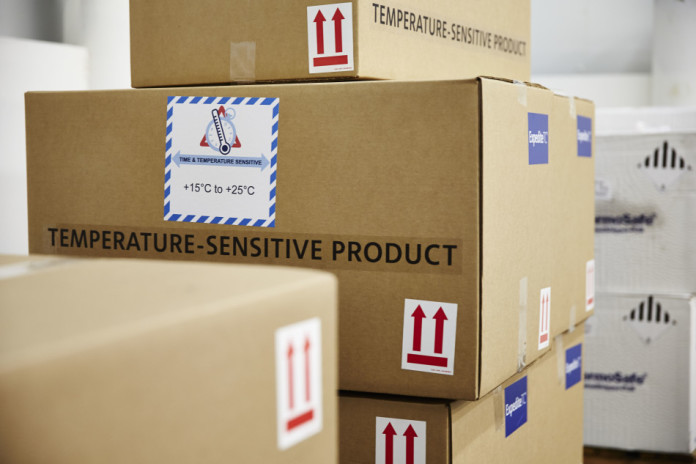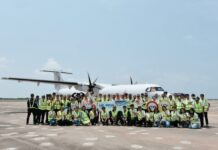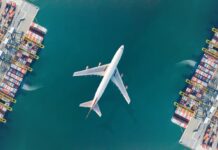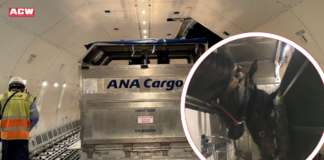

The air cargo pharmaceuticals sector continues to grow strongly at double-digit rates while the global pharma industry is also expanding strongly.
Industry players are meeting demand by investing heavily and putting plenty of resources, whether that be through gaining International Air Transport Association’s (IATA) CEIV Pharma certification, building specialist pharma facilities, or cool dollies to move goods on the tarmac.
Pharma growth is set to continue as the thirst from emerging markets grows and the charge is being led by the Pharma.Aero organisation, set up in May last year.
Speaking to Air Cargo Week at IATA’s World Cargo Symposium in Abu Dhabi in March, Pharma.Aero chairman Nathan de Valck says it is a little early to see the true impact of the organisation and the boost it has given the air pharma sector.
“There is a lot of ground work that has to be done so we set it up and expanded the membership. We have had our general meeting with members and decided on short and long term priorities and launching project groups to collaborate,” De Valck says.
He explains three short-term priorities were identified: “First of all identifying potential solutions to mitigate the risk of temperature excursions airside at airports and implementing those solutions at our members’ airports.
“Secondly, identifying a clear set of KPIs together with the shippers on what their expectations are and also what the expectations of the air cargo industry is towards the shippers – so it works both ways, which should in the longer run evolve into more transparency and capabilities at airports.
“The third priority was a request from the shippers to launch a project to endorse the IATA checklist so that if an entity is certified by IATA that for a shipment this would mean that it gives them more confidence and they would do less audits at the entity so a true endorsement of the standard by the shippers.”
Growing the membership base to other stakeholders in the pharmaceutical supply chain was the initial top objective of Pharma.Aero and this is gathering pace.
Last month it welcomed an additional eight companies, taking its membership to 16. Joining were pharmaceutical shippers Pfizer, Johnson and Johnson, Merck Sharp & Dohme, as well as DHL Temperature Management Solutions, Expeditors, EuroAirport Basel, 4Advice and e-CARGOWARE.
These add to founding members Brussels Airport and Miami International Airport, and Singapore Changi Airport, Mumbai International Airport, Sharjah International Airport, Brussels Airlines, Singapore Airlines, and Brinks Life Sciences.
The long-term objective of developing standardised end-to-end global trade lanes is now well on track and the five airports and their communities form the core part of the lanes.
“When we set up the structure we decided to set up 15 distinct regions of the world with one strategic member per region, the idea is to have broad representation around the globe to have communities that are committed to air pharma shipping and for the CEIV programme,” explains Miami-Dade aviation department chief aviation for marketing, Dimitrios Nares.
And more members are set to follow in the future as De Valck adds: “Pharma.Aero welcomes other IATA CEIV airport communities, shippers, airline carriers, logistics companies, and other pharmaceutical stakeholders with like-minded goals to become members.”













